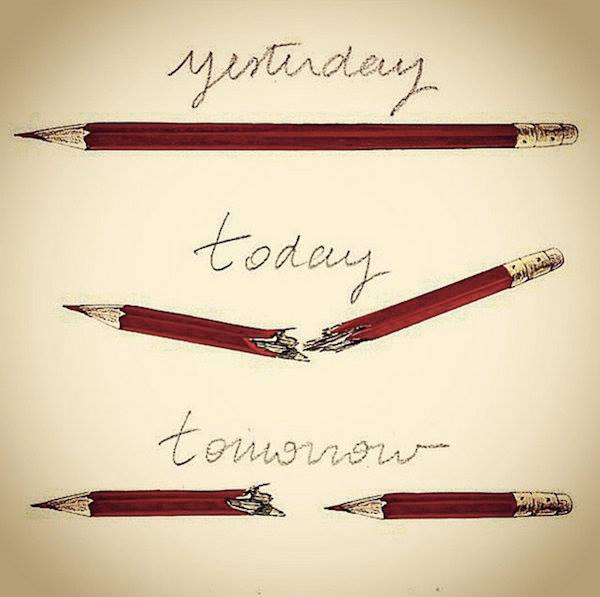The Sundance Film Festival, an art film festival masquerading as a jet-set event, is now officially over, and an instant analysis (fast as lightning) is needed to explain the sudden emergence of SUNDANCE SWAG.
Let me start from the beginning. I was not at Sundance this year. By that, I mean that I was not physically walking the streets of Park City. I “participated” by osmosis through the Internet. I was being sent over 20 emails a day from the Festival, press releases, filmmaker bios and lots and lots of photos. In that strange cyber way, I felt that I was “there”. I wasn’t really, but I was mentally and viscerally, having an out-of-body experience and vicarious thrill from all the media attention I was receiving through my DSL line.
Amidst the film stills, actor headshots and corporate logos, there were many many ong the film on-the-scene shots coming my way. The most curious were photo after photo of a similar scene, a group of young people carrying what looked to be large shopping bags full of loot.
Had these Festival folk just been shopping at WALMART? From the looks on their faces, those bags were heavy. But while they struggled with the sheer weight, there was a curious, inscrutable smile on their faces. Like the cat who swallowed the canary.
From all the material that was being sent to me by people at the Festival, my impression was that the Festival was all about the films.
But all the newspaper writers I read, all the bloggers I followed, all the websites I traveled, everyone was talking about “swag”. Swag. It even sounds funky. For those not familiar with this slang term, it refers to the expensive gifts given to VIPs at social events for their participation. Swag sparkles. Swag shimmers. It’s all good. It’s swag.
Swag, the word just kept being used over and over again in the reports from Sundance by various on-site journalists. The self-righteous ones pointed to the swag, and tsk-tsked the Festival for becoming such a heartless corporate monolith and selling out to the big corporations. My theory for their bitterness? This is not a case of too much swag, just too little.
And then there were the giddy correspondents from the television entertainment magazine shows, who just gushed and gushed about how great their swag was. Which, of course, was wink-wink, I got mine but you did not get yours. An anticipated segment they heralded as “Direct From Sundance” was generally a 5-minute promotion bonanza for the loot of corporate America or a Hollywood celebrity sighting. What, no films to talk about?
A blogger I followed provided this Festival tidbit: Four film pros were sitting on the Festival shuttle bus, having a passionate conversation. The blogger expected to hear such things as “So, what great films have you seen?” or “Have you seen the film that has changed your life?”. Instead, what he heard was such swill as ”Oh, where did you get that swag?” and “I really want to score me some swag.” Sounds like a drug deal. Ghetto chic.
Swag, which used to be reserved for the Nicole Kidmans and Jack Nicholsons of the world, have suddenly gone democratic. Now, every American expected his or her fair share of swag. It all came together for me in a photo I saw on line. In the pic, a group of indie filmmakers were standing at the local Dunkin’ Donuts, loaded down with enormous tote bags stuffed with corporate goodies that included cel phones, shoes, DVDs, lingerie, and bottles of California wine (not even good French wine).
So, how cool can swag be if EVERYONE is walking down Main Street with it? You tell me.
Between all the swag talk and the mainstream media’s consistently limited depiction of the Festival as just another Hollywood celebrity event, I found myself thinking about the Festival programmers. How strange for them, after months of screenings, meetings, hours of debate agonizing about making just the right choices, to see so much reportage lavished on what is just a side show to the main event.
For them, it is clearly about the films. Through their programming choices, they exhibit the core of what the Festival is all about: a celebration of the arts, a salute to artistic independence and risk taking, a thumbs up for diversity, a social statement about the need to embrace a global view. Geoffrey Gilmore and his team continue to keep their eyes on the prize.
So, repeat after me children, swag sucks. Swag is dead. Swag is over. Long live the movies.
Sandy Mandelberger
Industry Editor
 Chatelin Bruno
Chatelin Bruno 


























